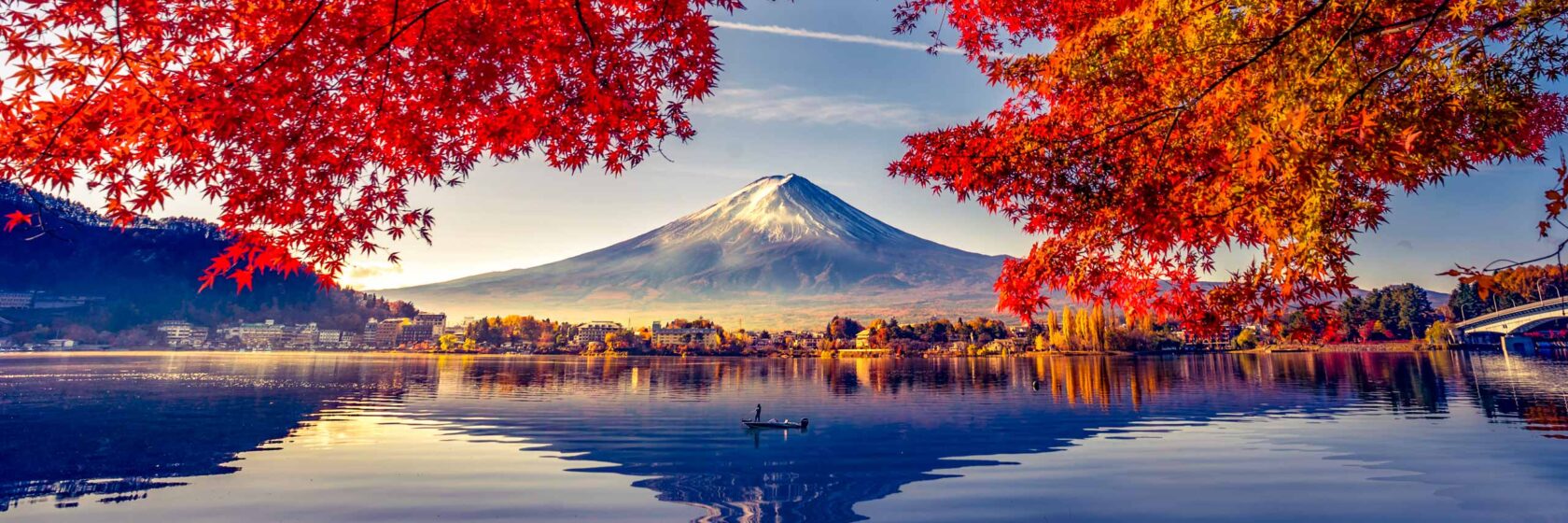
Asia
Japan Tours
Cultural & Hiking Adventures in the Land of the Rising Sun
Explore Japan’s cherished ancient heritage, artfully revealed in towering feudal-era castles, elegant samurai houses, vermilion torii gates, sacred pilgrim trails, Zen rock gardens, and cozy ryokans where you can relax in a traditional onsen bath.
All Trips to Japan
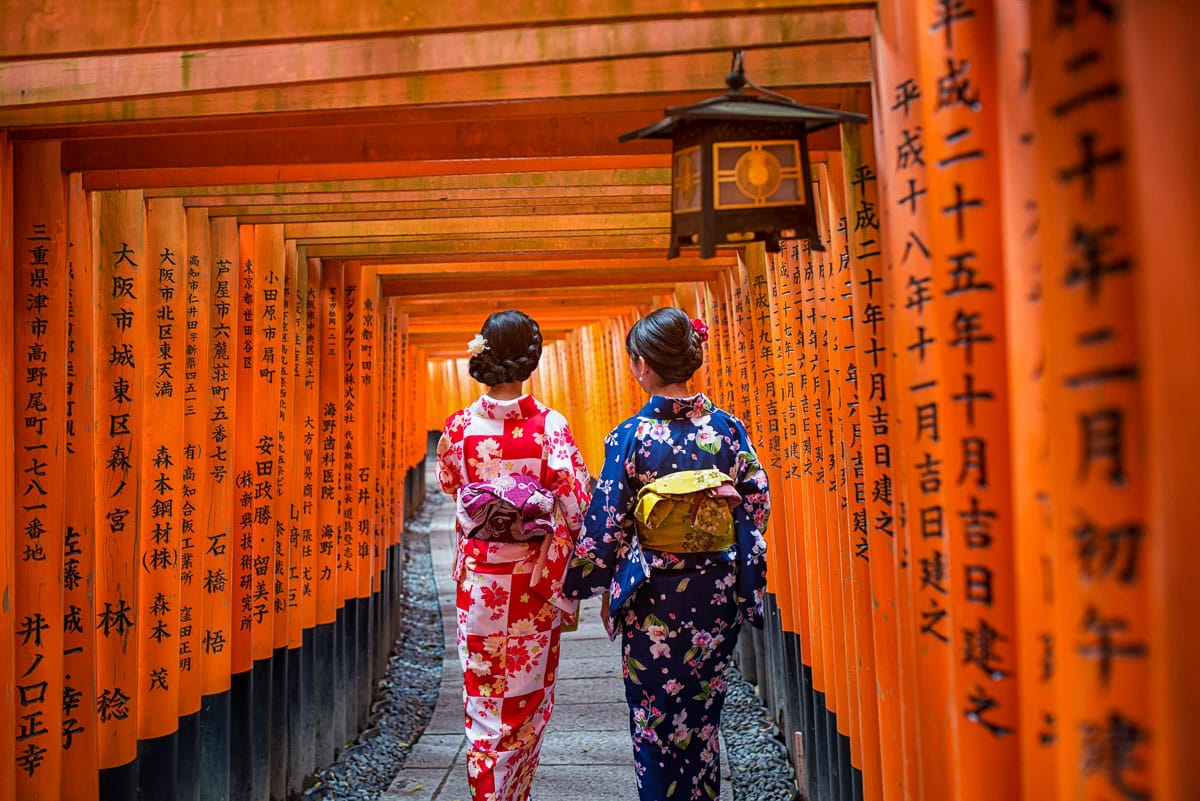
Small Group Adventure
Shinto Shrines, Pearl Divers, and Pilgrim Trails
Japan
Level 2
13 Days
From $9,995
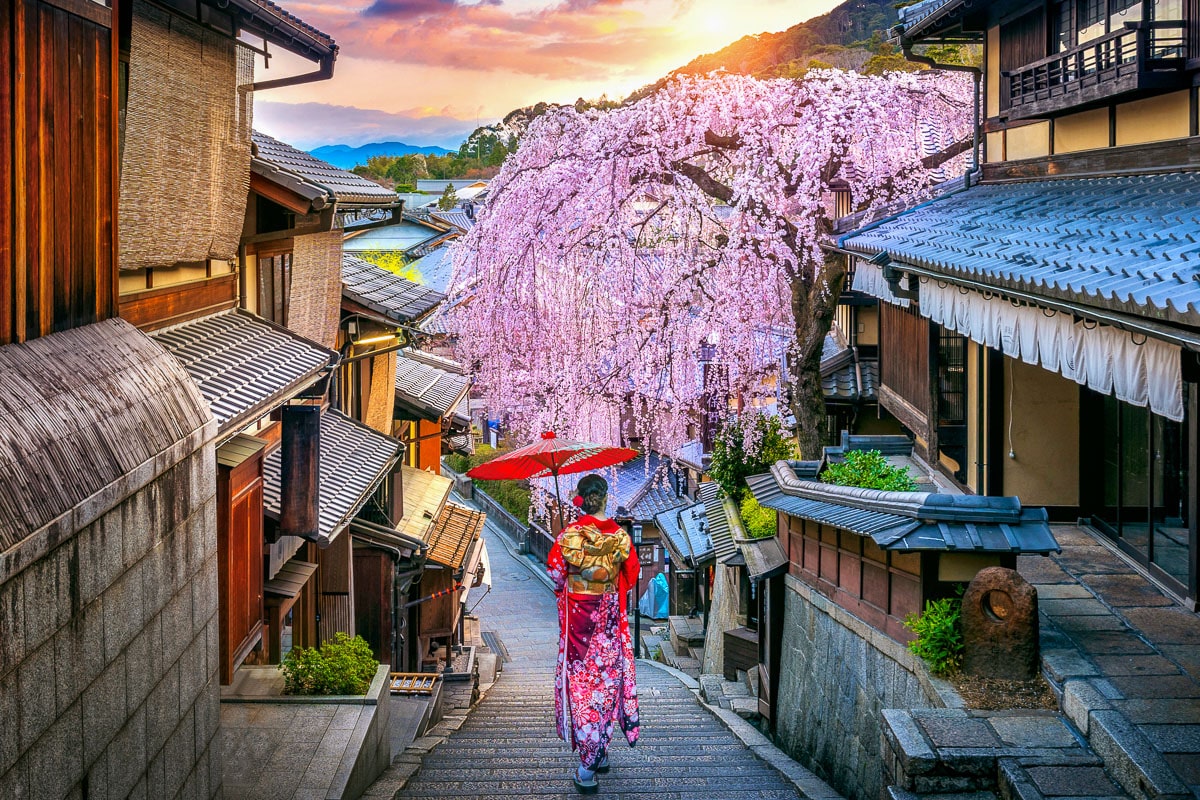
Small Group Adventure
Temples, Treasures, and Teahouses
Japan
Level 2
14 Days
From $10,595
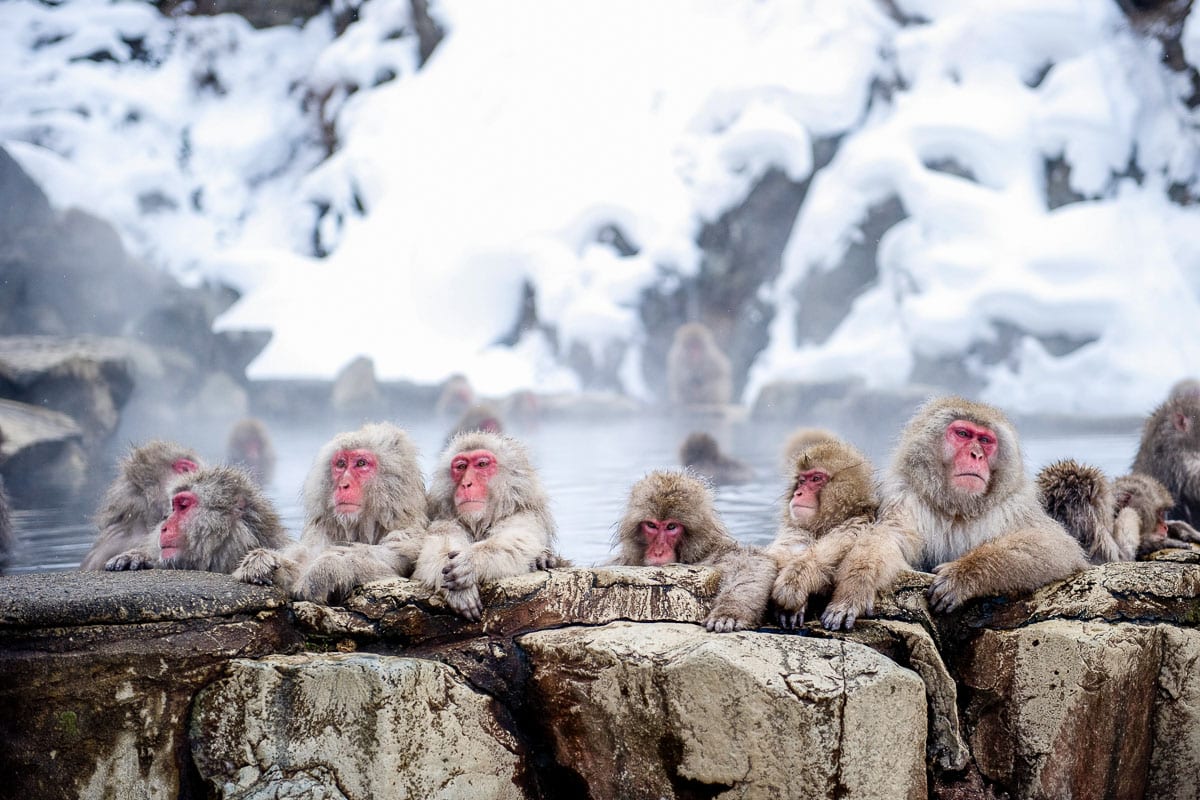
Small Group Adventure
Japan: Snow Monkeys and Winter Cranes
Japan
Level 2
11 Days
Call for Pricing
NEW TRIP
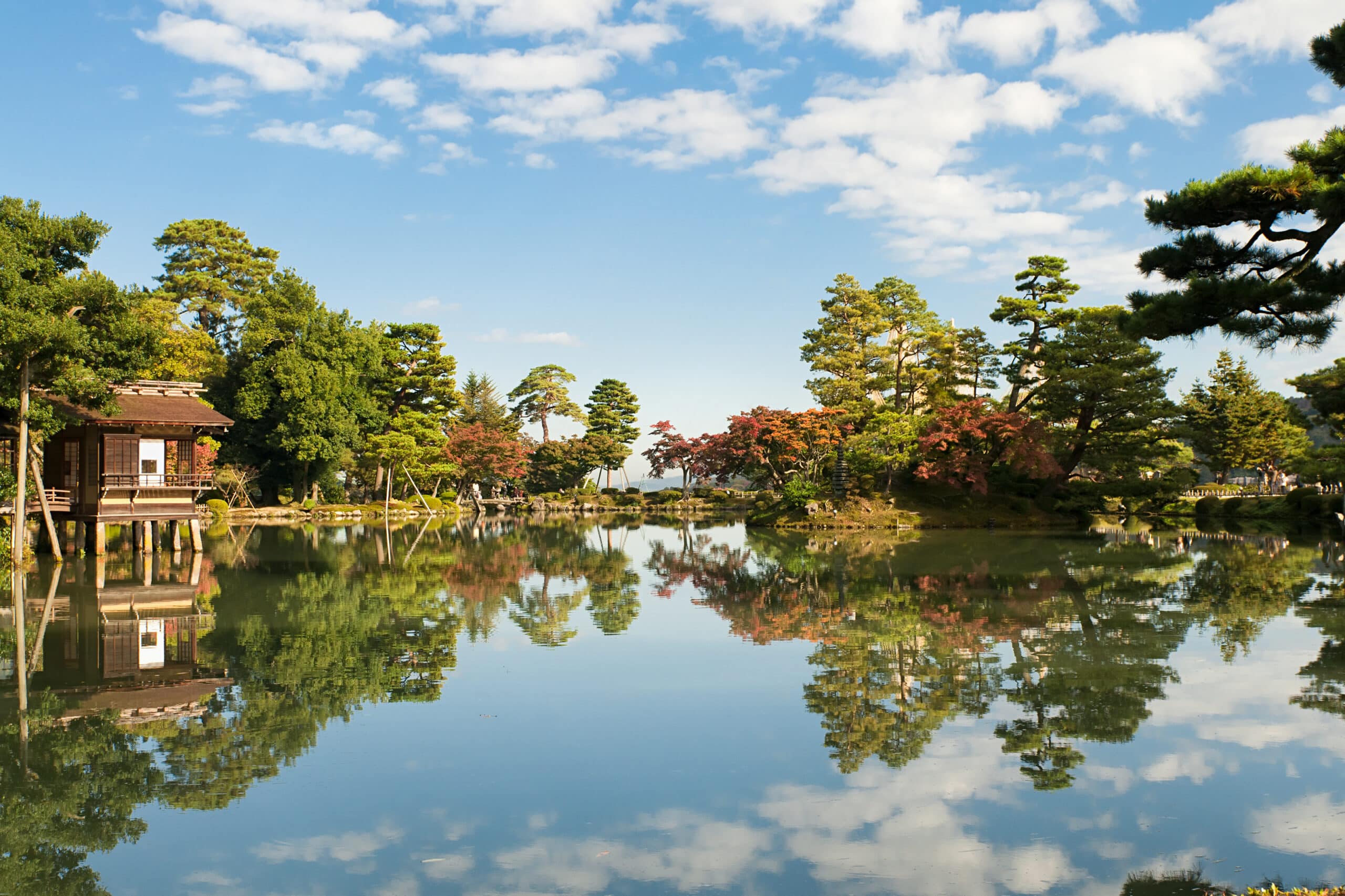
Cruise Collection
A Voyage through Japan and South Korea
South Korea, Japan
Level 1+
12 Days
From $9,175
NEW TRIP
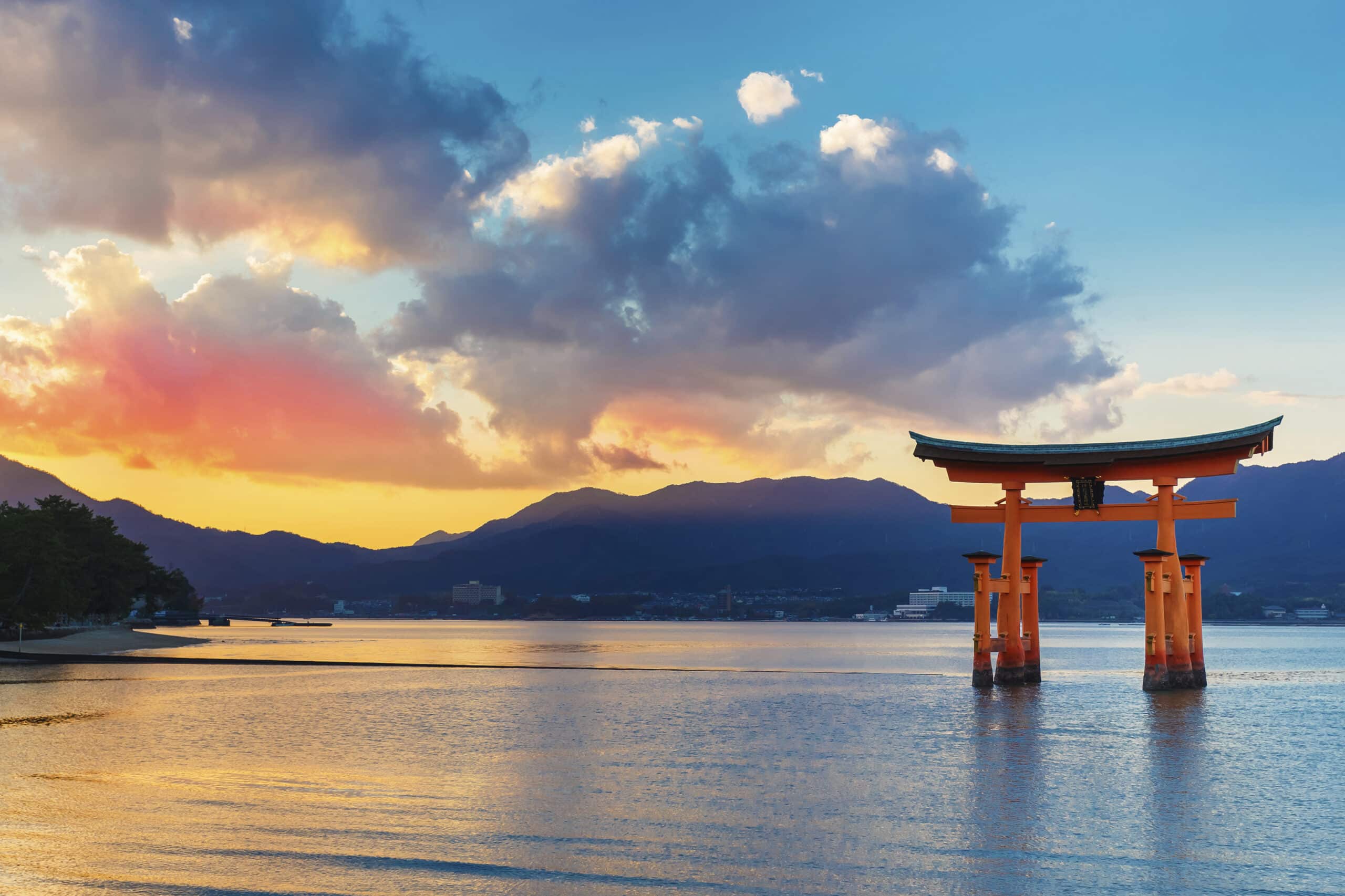
Cruise Collection
Through the Heart of Japan
South Korea, Japan
Level 1+
15 Days
From $15,720
NEW TRIP
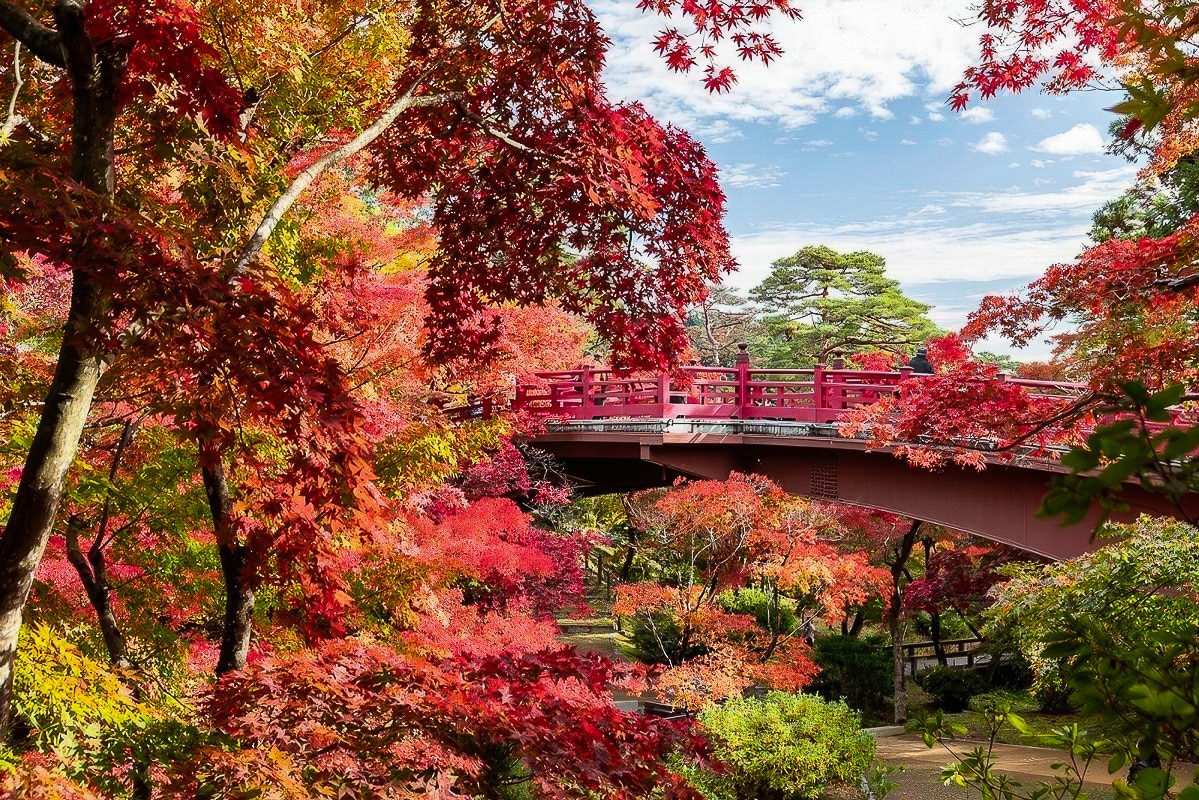
Cruise Collection
Circumnavigation of Japan: National Parks, Art & Culture
South Korea, Japan
Level 1+
16 Days
From $12,250
Experience Japan
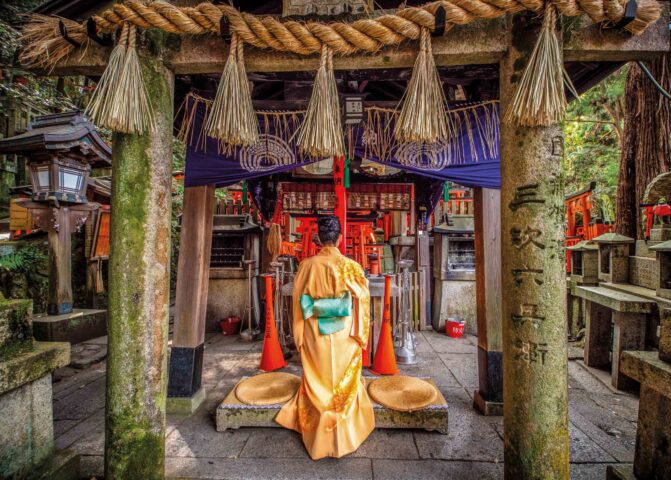
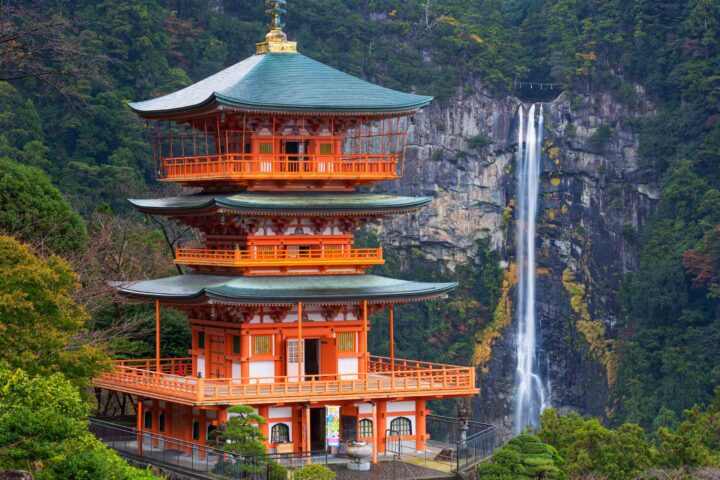

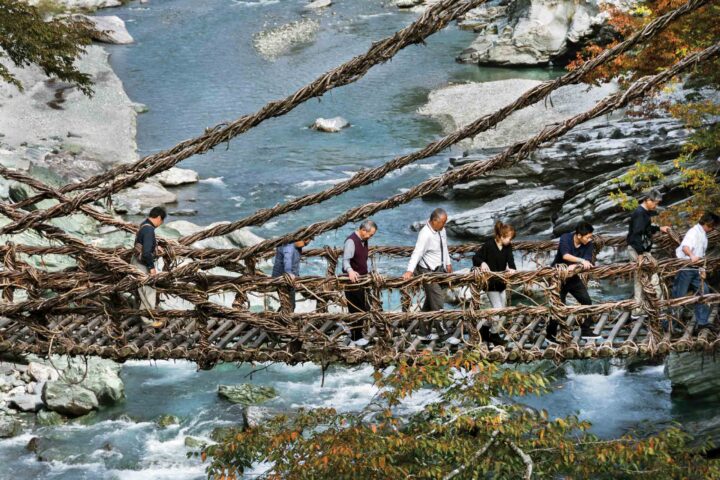
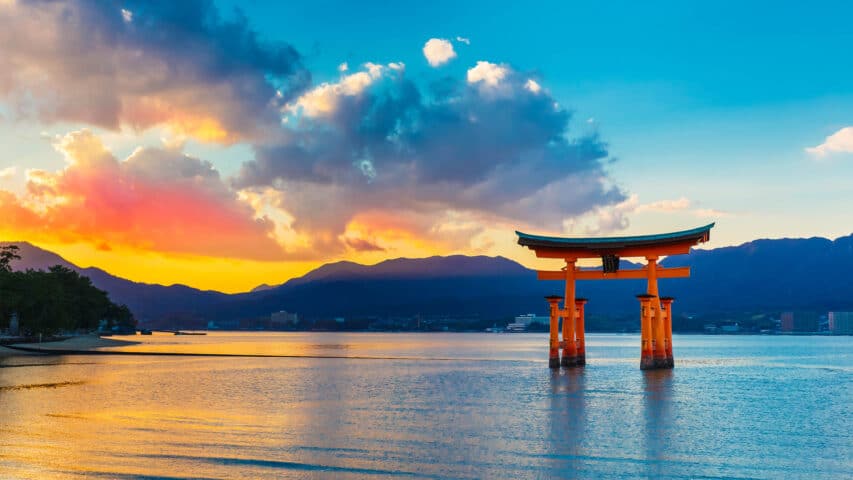
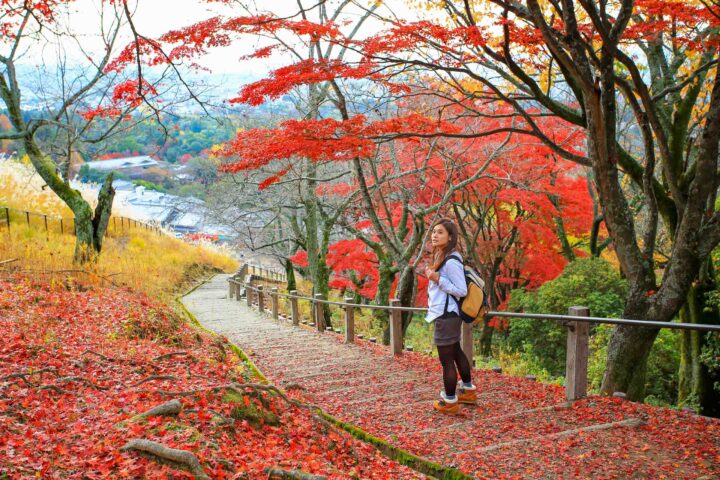
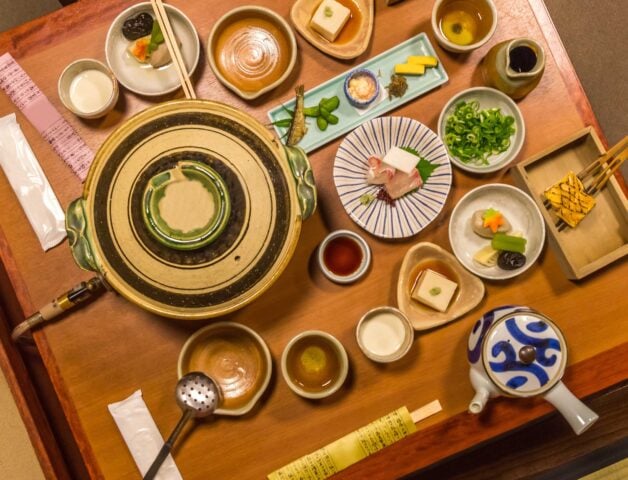
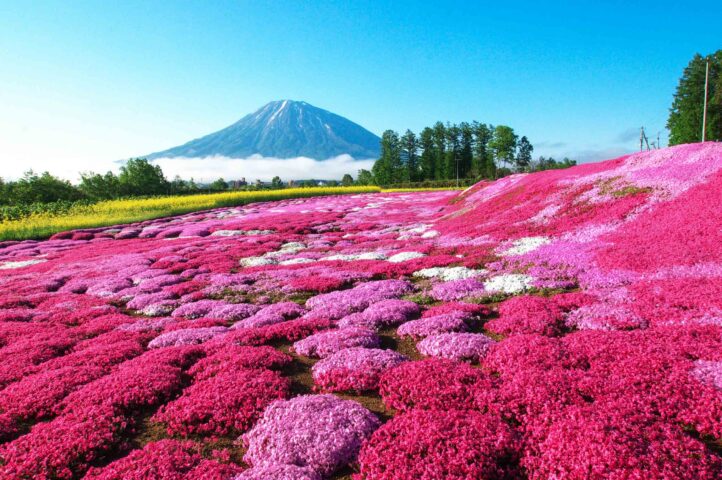

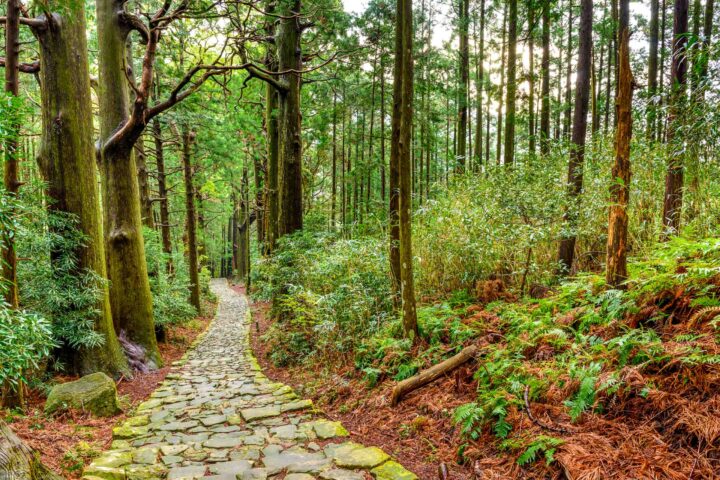

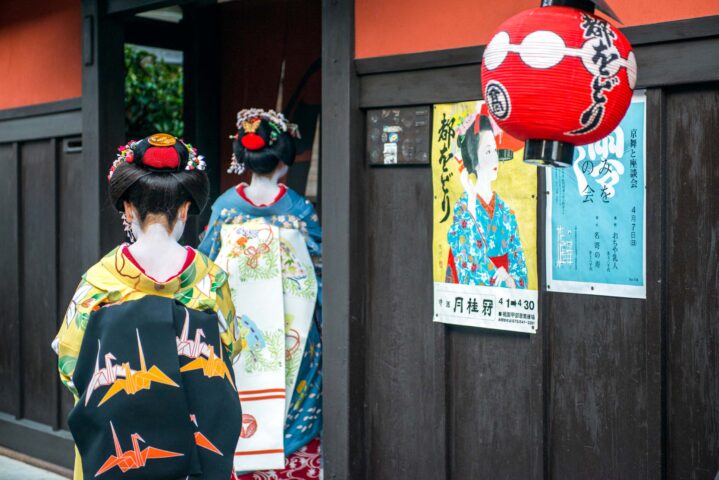
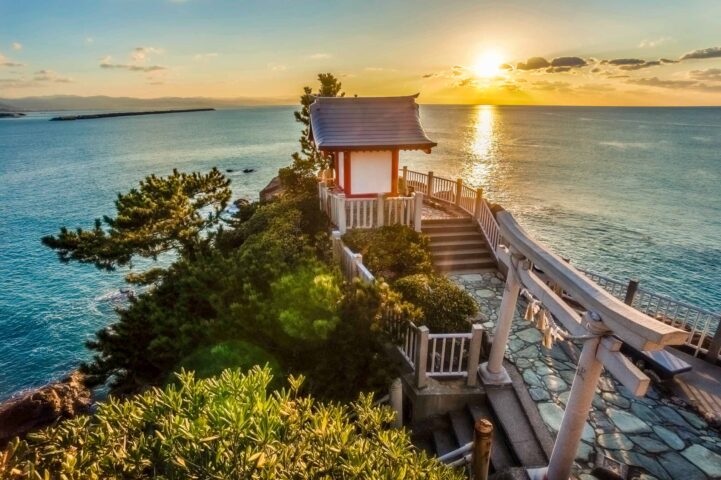
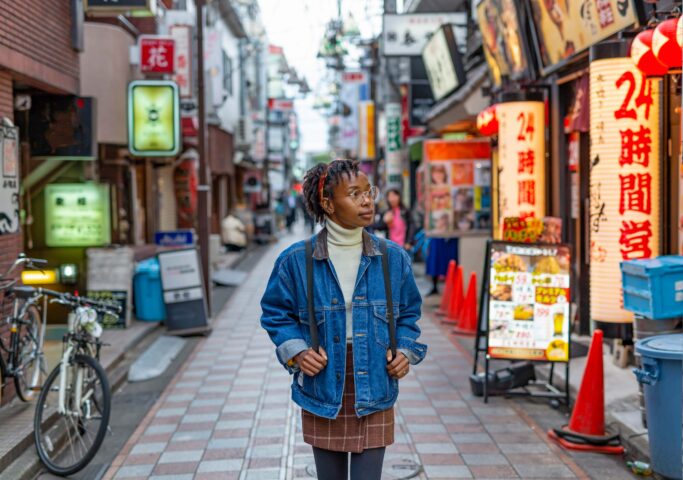
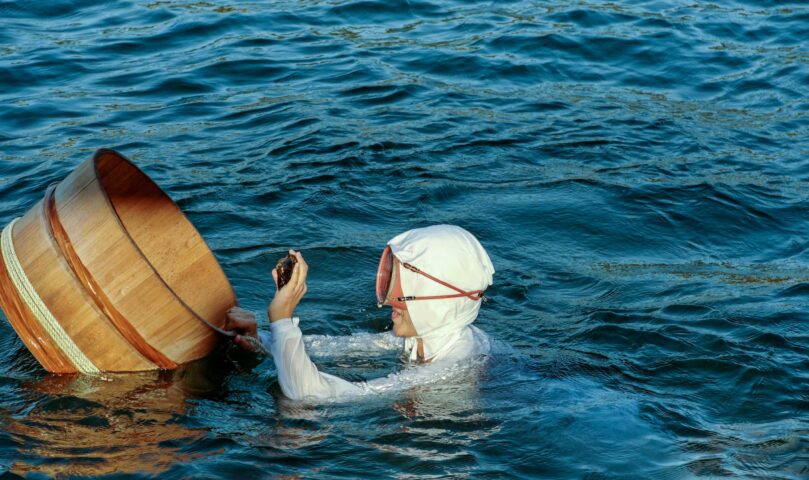
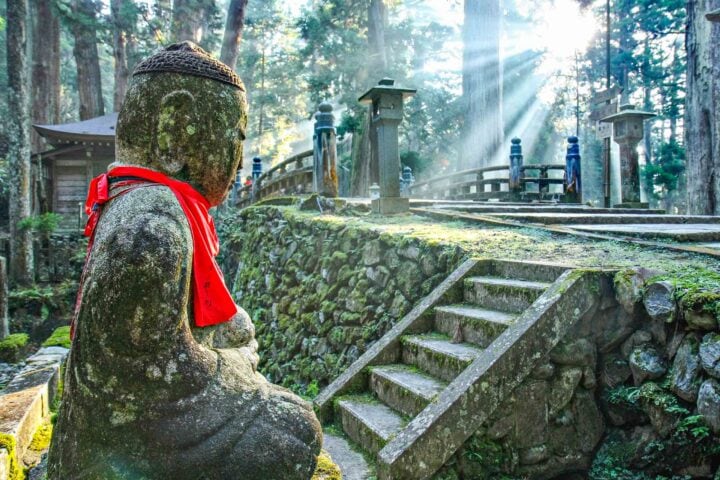
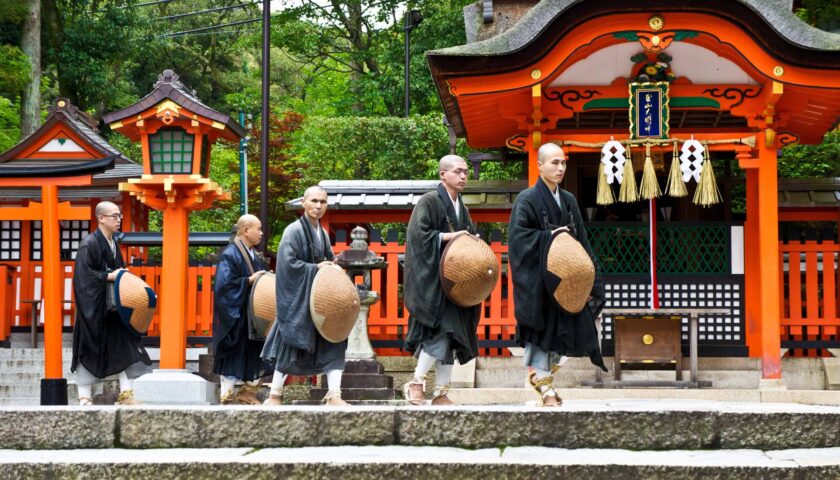
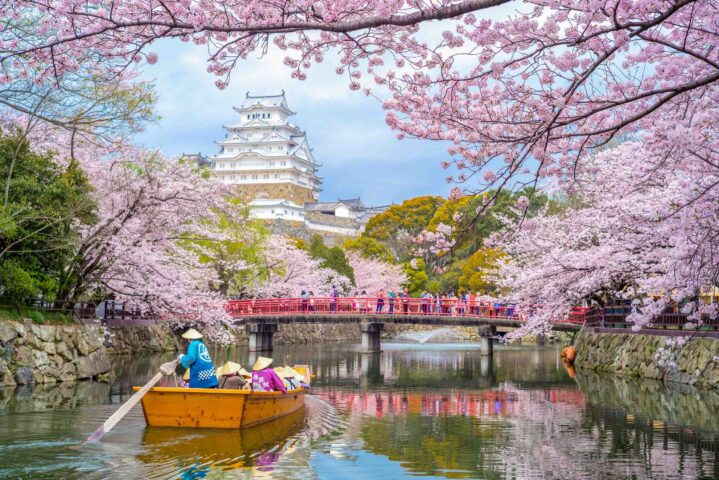
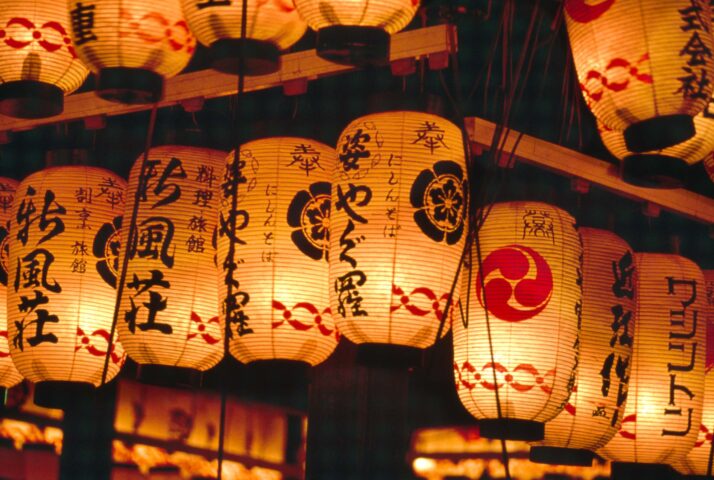
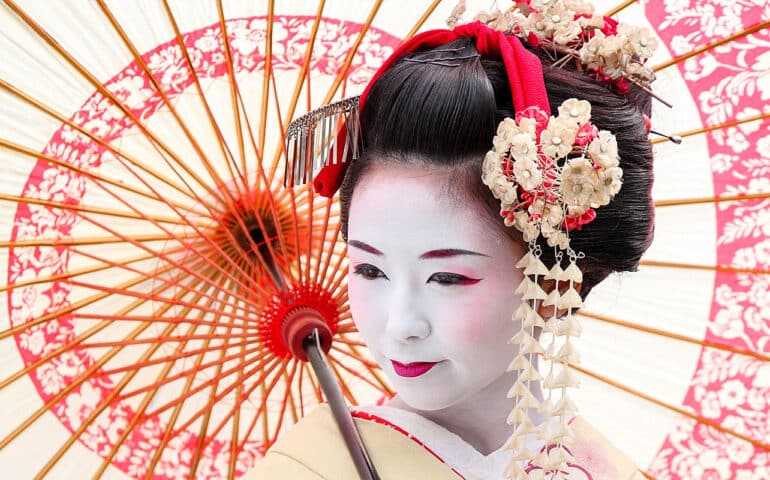
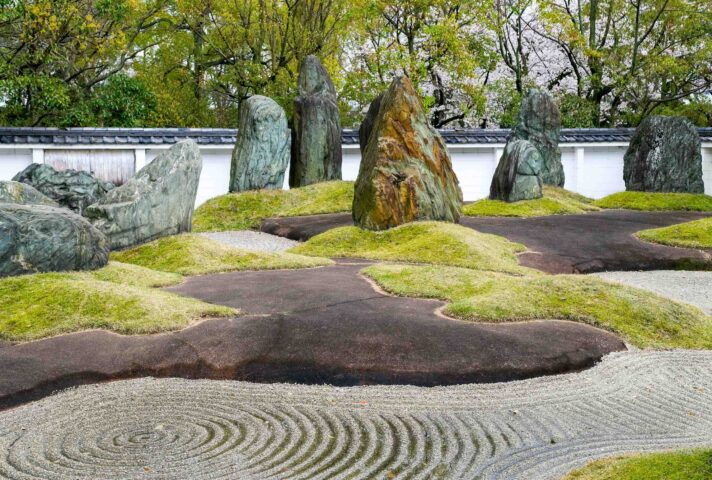
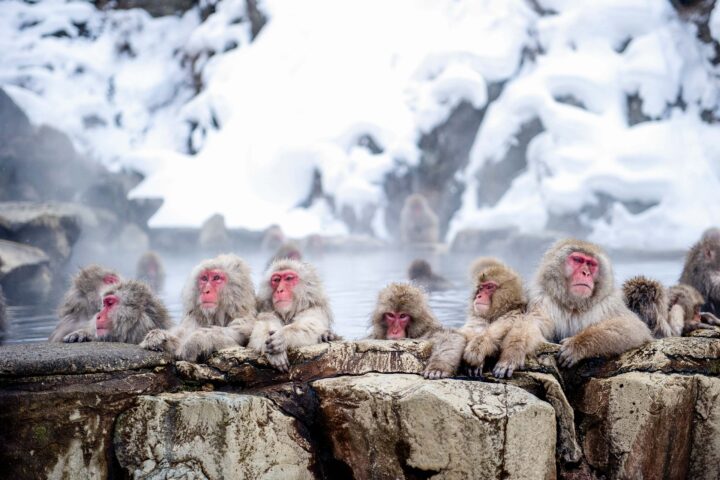
REVIEWS FROM OUR CLIENTS
The overall trip design was great. We were able to see a good variety of things in Japan, from the cherry blossoms and temples to the wonderful countryside. Kate also did a great job of making the trip a wonderful experience for the entire group.
REVIEWS FROM OUR CLIENTS
This trip was very interesting and a great introduction to Japan—a nice mix of urban and rural. Our days were full of interesting sights and experiences, still leaving time for us to explore on our own. We definitely gained insights into Japanese culture.
REVIEWS FROM OUR CLIENTS
The trip covers a great deal of Japan for the ‘101 Course’ and first time traveler to the country. The ryokans, especially in Kyoto were fabulous.
REVIEWS FROM OUR CLIENTS
Our Trip Leader was very knowledgeable and a wonderful guide. Her experience in the country as well as her proficiency in Japanese were invaluable and added greatly to our experience.
REVIEWS FROM OUR CLIENTS
Exactly what I hoped for. Placed myself into the Japanese culture as much as possible.
REVIEWS FROM OUR CLIENTS
We thought the overall itinerary was excellent and was the main reason we chose WT for this trip.
REVIEWS FROM OUR CLIENTS
Loved all of the places we visited. Glad to have spent so much time in Kyoto, and very much enjoyed the ryokans and monastery. They really helped give insight into the Japanese culture.
Learn More
Talk to an Expert
Our Asia Specialists know every detail about our Japan trips. They will be happy to answer any questions and help you choose the journey that’s right for you. Contact us to learn more or book your trip today!
